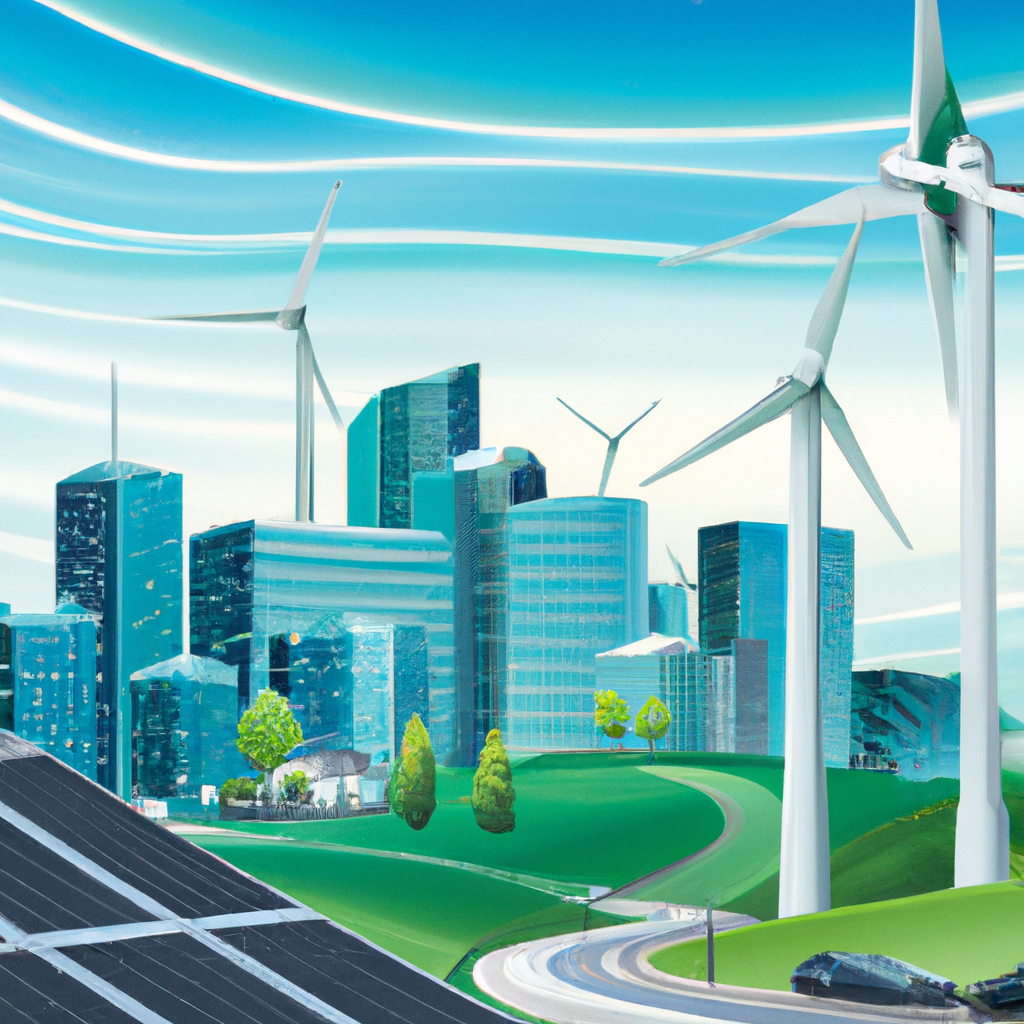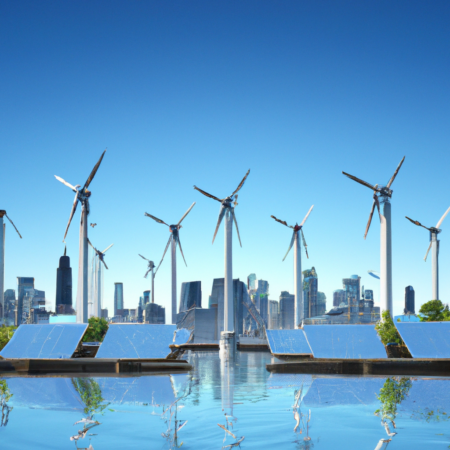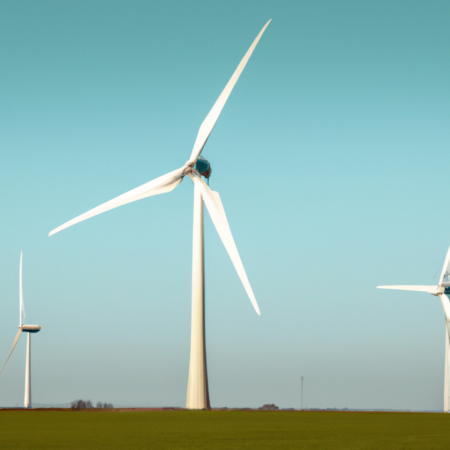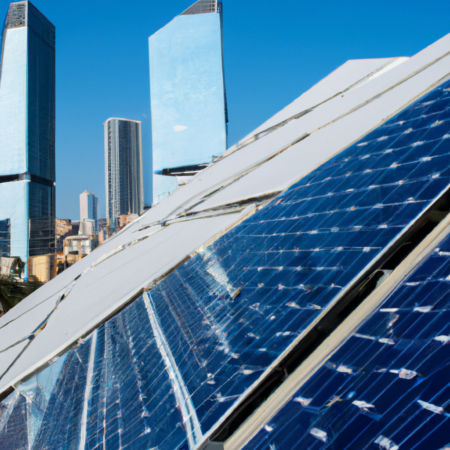Harnessing the Future: Innovative Climate Solutions in 2025
As we move deeper into the second quarter of 2025, the global landscape of climate and energy is undergoing transformative changes. Nations worldwide are increasingly adopting innovative technologies and strategies to combat climate change and enhance energy sustainability. This post explores these pivotal advancements and their impact on our planet’s future.
Renewable Energy Breakthroughs
The past decade has seen exponential growth in renewable energy technologies, and 2025 is no exception. Solar and wind energy are now more efficient and cost-effective than ever, thanks to advancements in photovoltaic materials and turbine designs. Moreover, the integration of artificial intelligence in energy grids is optimizing the distribution and storage of renewable energy, ensuring a steady supply even during low production periods.
Carbon Capture and Storage (CCS) Developments
Innovations in CCS are revolutionizing our approach to mitigating industrial carbon emissions. New materials and technologies have emerged that enhance the efficiency and capacity of carbon capture facilities. These developments not only help in reducing the carbon footprint of industries but also open avenues for using captured carbon in commercial products, turning a waste product into an economic asset.
Electric Vehicle (EV) Expansion
The EV market has continued its upward trajectory in 2025, with more models available at lower costs. Governments around the globe are supporting this shift with incentives for consumers and investments in EV infrastructure, such as widespread charging stations. This surge in EV adoption significantly cuts down on transportation-related emissions, contributing to cleaner air and reduced dependency on fossil fuels.
Policy and Global Cooperation
Effective climate action requires robust policy frameworks and international cooperation. In 2025, we see strengthened global agreements and policies that incentivize sustainable practices and penalize environmental negligence. These regulations have accelerated the adoption of green technologies and fostered a collaborative environment for sharing innovations and strategies.
Conclusion
The developments in 2025 signal a promising shift towards a sustainable and energy-efficient future. While challenges remain, the continuous innovation in technology and supportive global policies are paving the way for a healthier planet. As we continue to witness these changes, it is crucial for businesses, governments, and individuals to participate actively in this transition.






